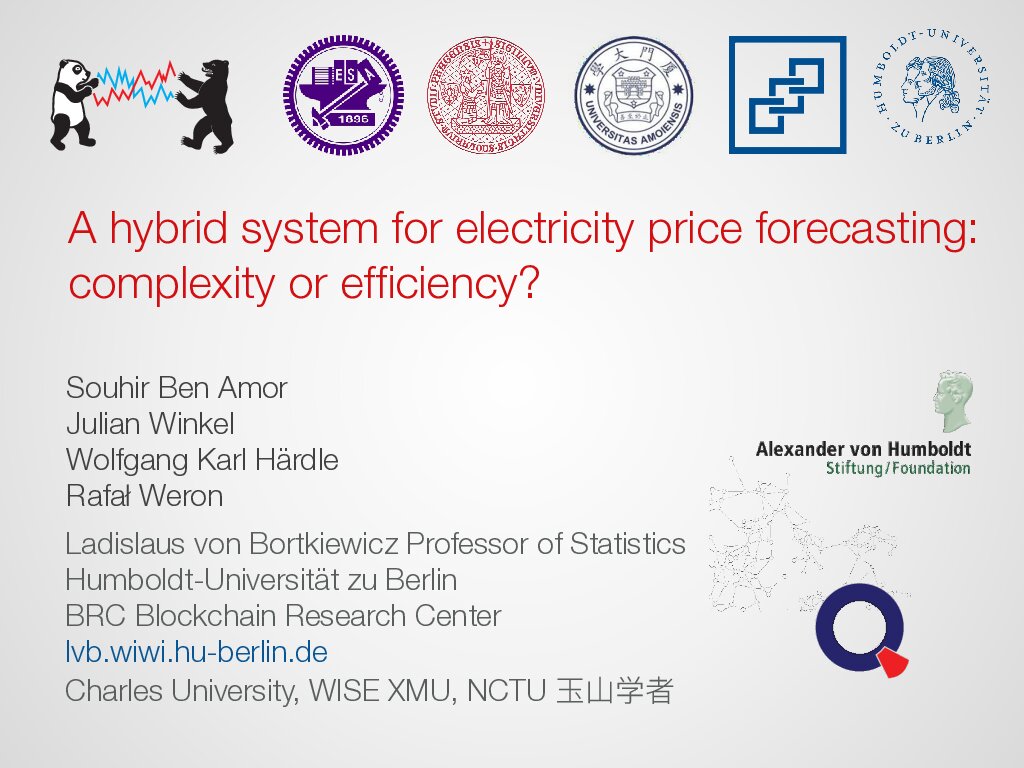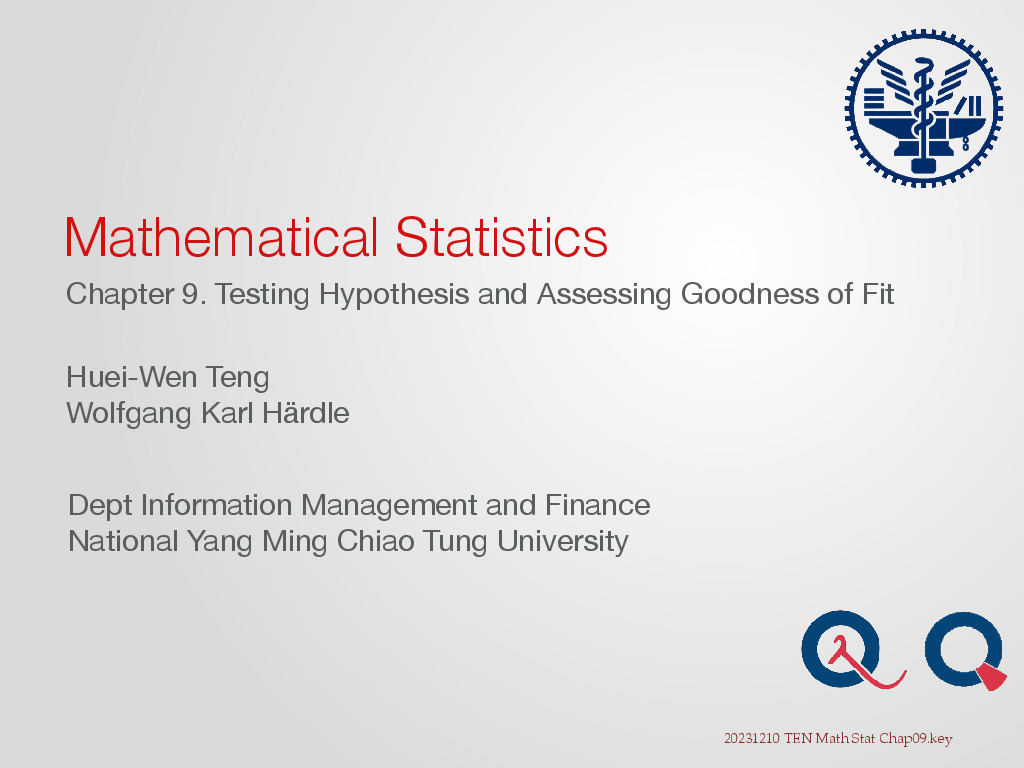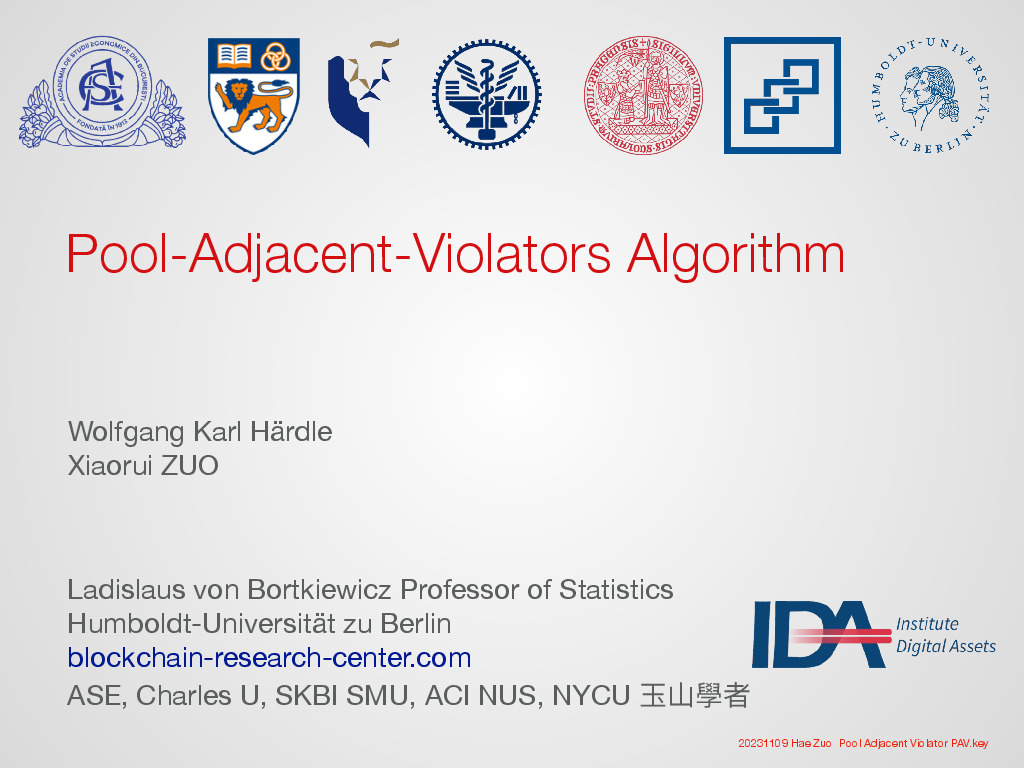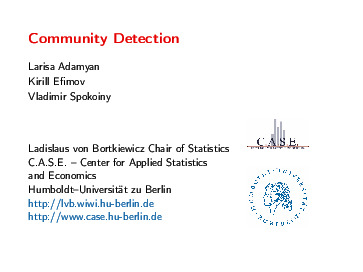A hybrid system for electricity price forecasting: complexity or efficiency?
-
- 0 Rating
- 0 Reviews
- 7 Students Enrolled
A hybrid system for electricity price forecasting: complexity or efficiency?
The proposed hybrid EEMD k-factor GARMA-LLWNN based neuro-fuzzy model simultaneously uses the strengths of each model component in modelling complex and ambiguous systems in an optimal structure.
-
- 0 Rating
- 0 Reviews
- 7 Students Enrolled
Courselet Content
Requirements
- Electricity Price Forecasting
General Overview
Description
Electricity price forecasting affects the operation of the entire electricity market. Accurate price forecasting proves useful for power producers and consumers for planning their bidding strategies in order to manage their risk, maximize their own benefits and then optimize their portfolios, which is of great political and economic significance for all of society.
However, due to the deregulation of the electricity markets, the features of electricity prices have become more complex. Price series usually have a complex behaviour due to their nonlinearity, and nonstationarity. These complex features make the existing models hard to provide satisfactory results. Hence, more accurate and stable forecasting models need to be developed. Hybrid models are widely employed for forecasting electricity prices. Despite their success, current hybrid models require improvement. In particular, modelling all existing features, data preprocessing, artificial intelligence optimization, and feature selection should be considered.
In this paper, an adaptative hybrid intelligent system is proposed for short and long-term electricity prices and price spike forecasting in a competitive market. This approach combined ensemble empirical mode decomposition (EEMD), k-factor GARMA model, and LLWNN based Neurofuzzy hybrid model optimized using PSO algorithm. First, the EEMD is used as a processing tool to decompose the original electricity prices into specific regular and irregular components. Second, the k-factor GAMA model is built to forecast the regular components in order to model the seasonal long memory behaviour in the conditional mean, while the LLWNN based Neurofuzzy hybrid model is adopted for irregular components forecasting and the PSO algorithm is adopted to optimize the network parameters. Third, the final forecasting results are obtained by summing the forecasting results of each component.
The effectiveness of the proposed hybrid model is validated by using data from EEX, Norpool, and Pennsylvania-New Jersey-Maryland (PJM) electricity markets. To demonstrate the performance of the proposed model, some recent hybrid models are selected as the comparison models. The empirical results indicate that the proposed hybrid system provides higher forecasting accuracy and stability.
Recommended for you
Meet the instructors !















